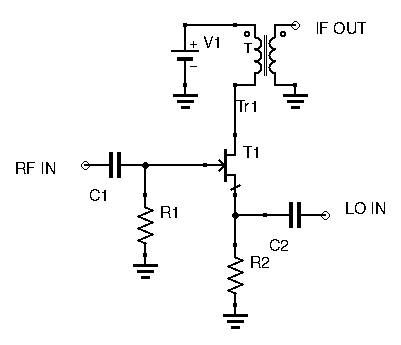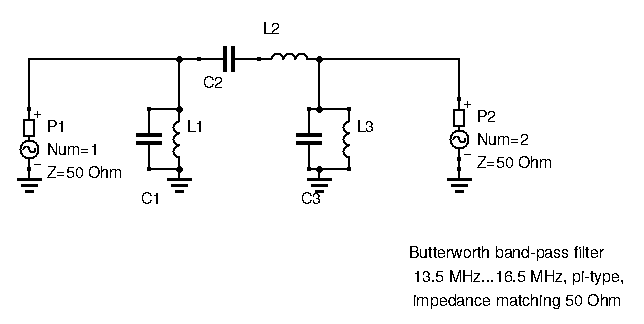What is Amplitude Modulation?
In this next series of posts, we’re going to dive into the heart of the radio arts: modulation. Modulation is what make wireless communications possible. Over the years, many different ways to modulate signals have been created. The advent of digital electronics has brought along with it a slew of new digital modulation techniques as … Read more









